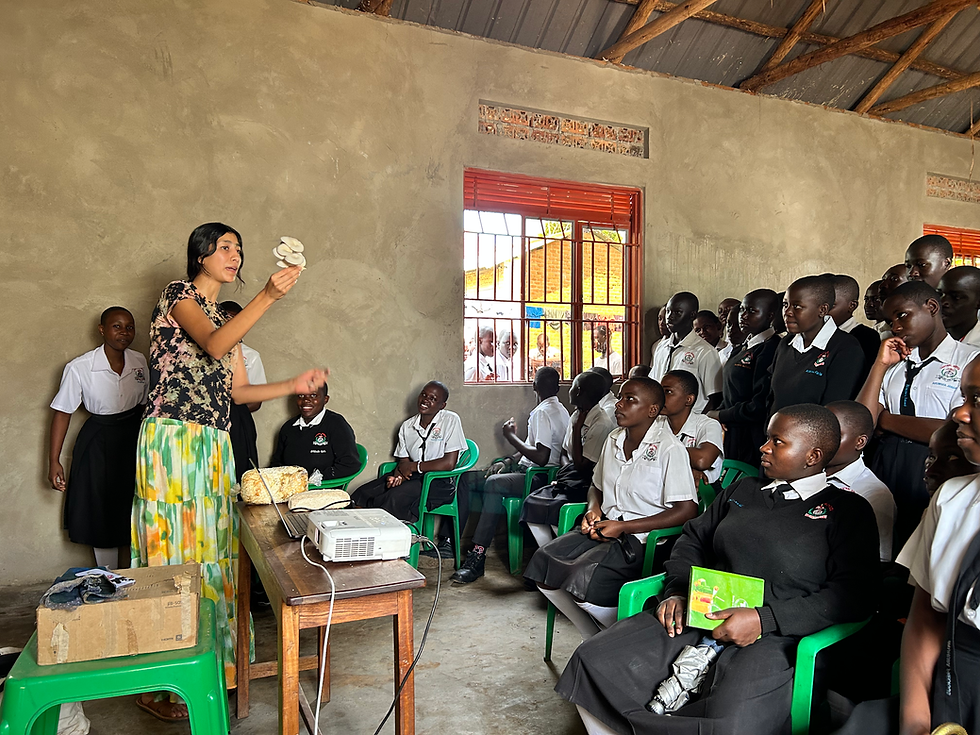Engineered living materials enable self-assembly, sensing, and self-healing characteristics
- Marc Violo

- Jul 31, 2023
- 1 min read
Updated: Aug 28, 2023
Engineered living materials (ELMs) composed entirely of fungal cells offer significant potential due to their functional properties such as self-assembly, sensing, and self-healing.
Alongside rapid developments in the ELM field, there is significant and growing interest in mycelium materials, which are made from the vegetative part of filamentous fungi, as a potential source of advanced functional materials.
In order to advance the development of fungal ELMs that utilize the organism's ability to regenerate as self-repair, new methods for controlling and optimizing mycelium materials are needed, as well as a better understanding of the biological mechanisms behind regeneration.

In their study, Elise Elsacker, Meng Zhang, Martyn Dade-Robertson, pure mycelium materials are fabricated for use as leather substitutes, and it is found that chlamydospores, thick-walled vegetative cells formed at the hyphal tip, may be the key to the material's self-healing properties.
The results suggest that mycelium materials can survive in dry and oligotrophic environments, and self-healing is possible with minimal intervention after a two-day recovery period.
Finally, the study characterizes the mechanical recovery and physical properties of damaged and healed samples, allowing for the first characterization of fungal ELMs.
Read the research paper
.
.
.
.




